Have you ever experienced a sudden lowering of temperature in the household? The most usual reason for this is that your furnace has stopped working altogether. We have researched everything you need to know in order for the system to function again.
There are several ways you can address the problem with your heating system without the need to call for a technician. These are the actions you need to do when your furnace is not turning on:
- Check the breaker boxes
- Inspect if the power switch has been flipped off
- Check thermostat settings
- Make sure your furnace filters are clean
- Check the pilot light
- Inspect your unit's internal fuses
- Open the gas valves (for natural gas furnaces)
Furnaces are built with different components that ensure the unit works properly. If one of these parts is damaged, burnt, or broken, then the device will not run efficiently, and worst, your appliance may not operate at all. Fortunately, we are here to help and guide you - read on to know more about how you will address this issue.
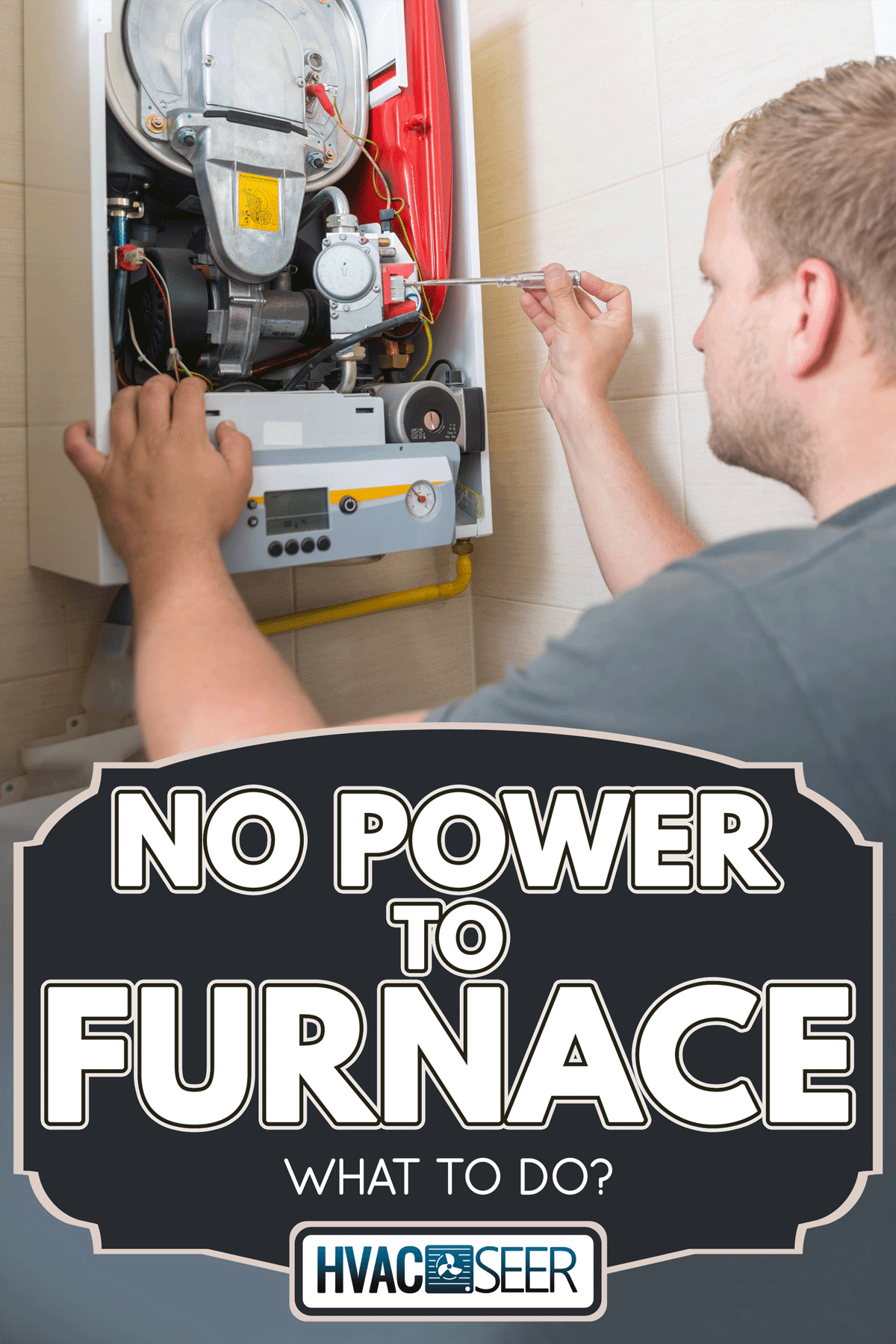
What to do when the furnace is not turning on
Check the breaker boxes
The breaker box is a safety device meant to cut off power from the main system if there is an internal problem. If it has been turned off automatically, flipping it on would seem to be the easy remedy. However, power may have been cut off due to a different cause.
Before resetting the breaker, check the following components of your furnace:
1. Air filter
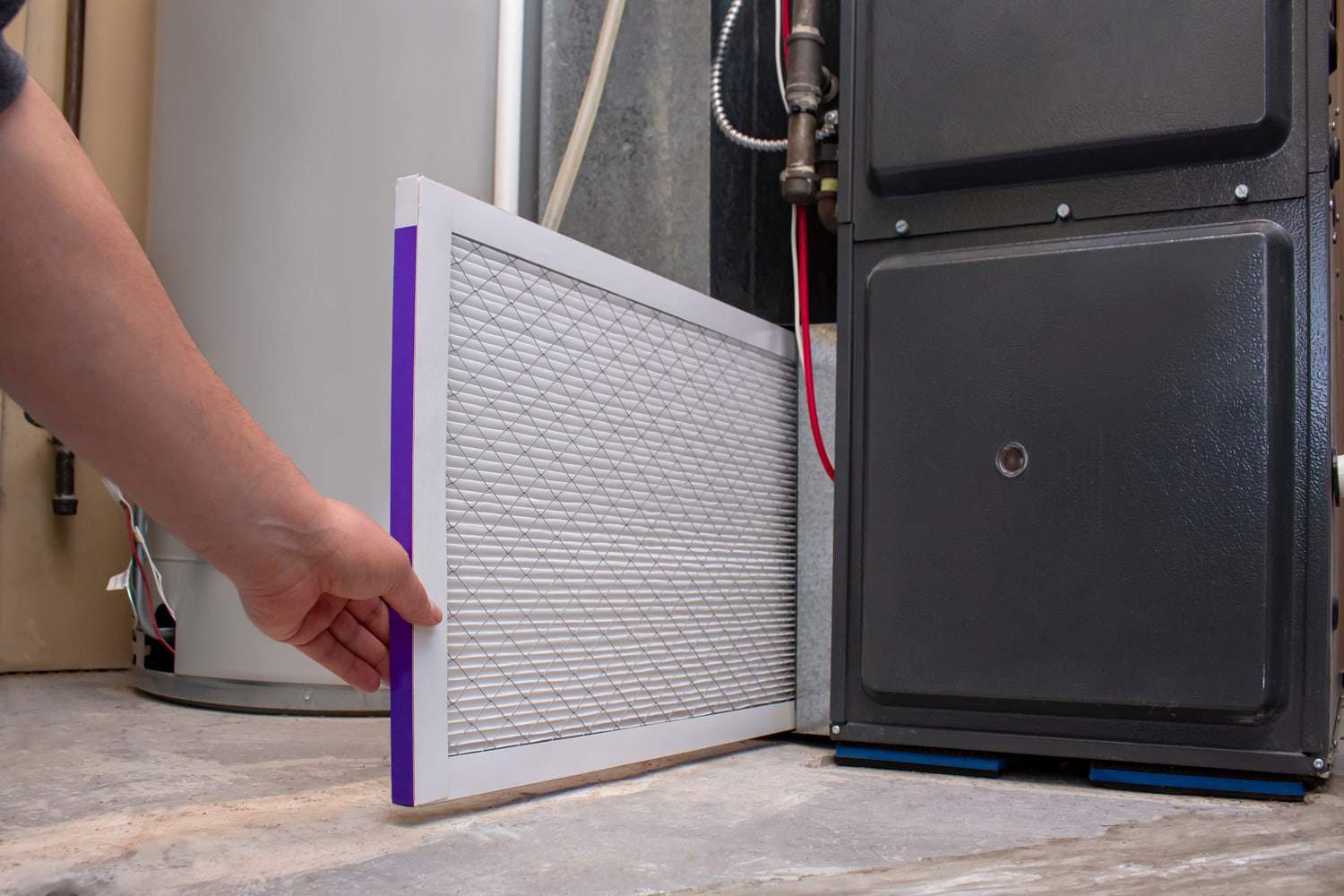
A clogged air filter might trigger the breaker since airflow can be compromised. It is best to clean or replace the part if damage or overuse is apparent. The filter directly affects the performance of the blower which in turn is the primary reason for the circuit breaker to trip off.
2. Blocked Air Vents
Air vents release the pressure generated within the furnace system. The blockage would lead to an increase of air tension, which in turn overloads the blower motor thus triggering the circuit to shut down.
Make sure that there are no obstructions to the component. Furniture, fixtures, and other household devices can impede the function of the vent. Simply clearing the surrounding area would resolve the issue.
3. Motor Problems
A worn-down motor wiring is another major cause of a breaker box tripping. Overheating and corrosion are the main reasons for this eventuality.
For instance, this situation occurs when the fan blade does not function due to the presence of foreign objects. Repair is possible if the coil has not been fully damaged. However, replacing the part is typically recommended.
4. Leaking Air Ducts
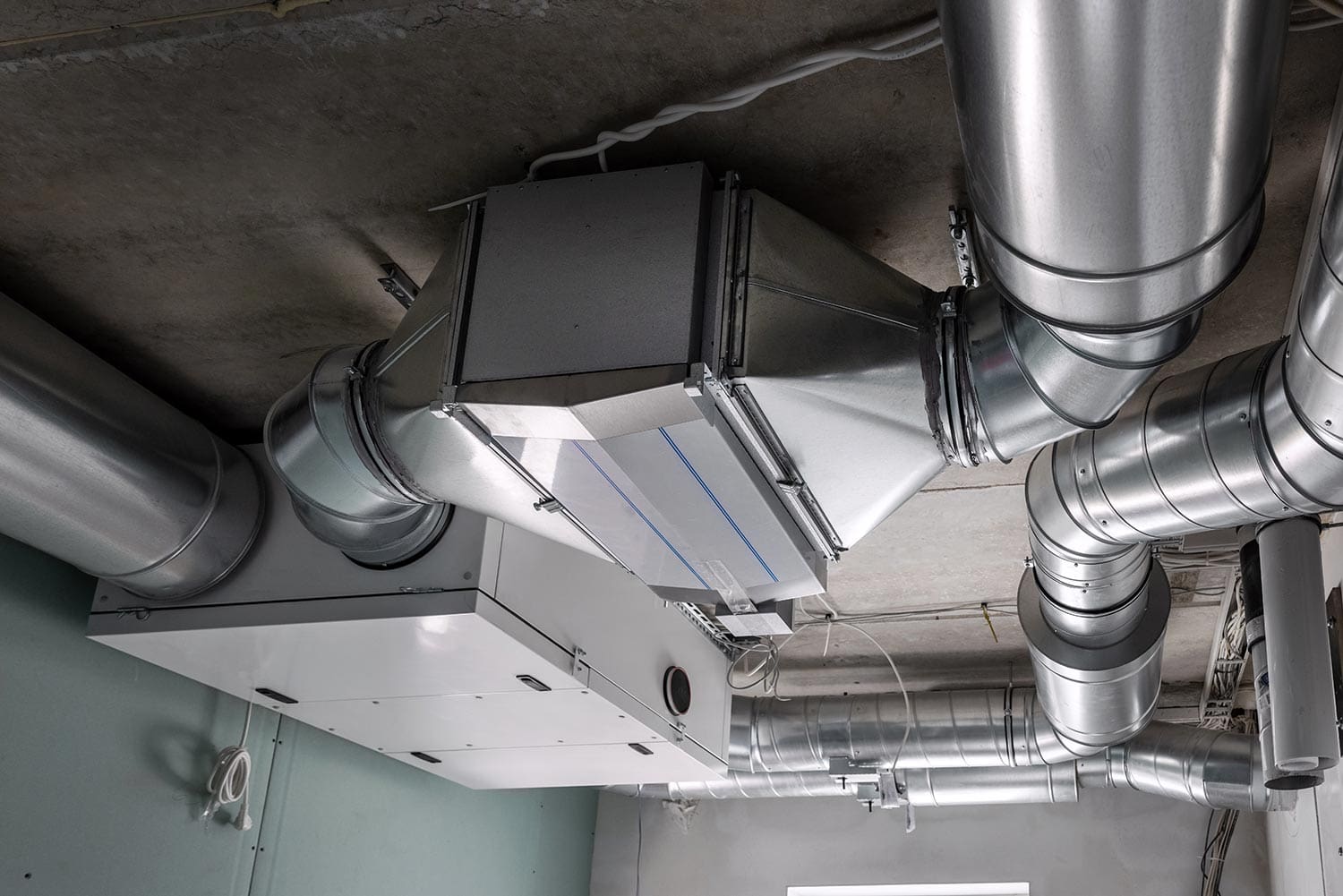
Air ducts basically guide the circulation that enters the vents of the regulating system. Faulty ducts would require the unit to function harder to compensate for lost heated air. Depending upon the degree of damage, metal duct tape can be utilized to remedy the leaks.
5. Trouble With Electrical Panel
The electrical panel relays electricity to the various parts of the furnace. If the circuit breaker tripped off, this means that the panel may be faulty or the individual breaker is damaged. It is recommended and ideal to contact a professional to fix the problem.
Check The Thermostat Settings
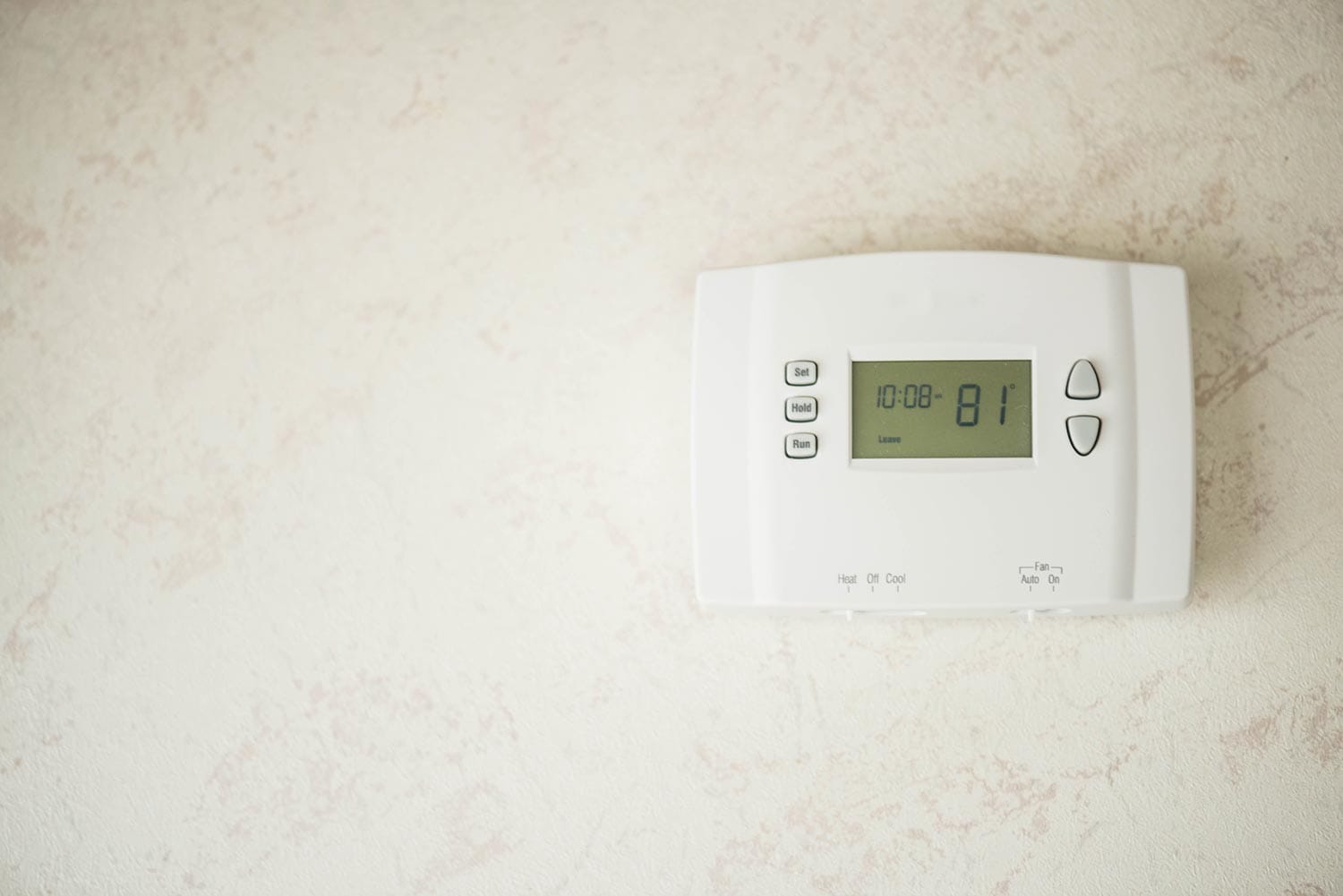
The thermostat regulates the overall temperature of the mechanism. Simply resetting the desired temperature would resolve the issue.
Make Sure Your Furnace Filters Are Clean
Air filters allow clean air to circulate while preventing dirt and dust to enter the system. If the filters are unclean, the furnace may not work because of air impedance. Clean or replace the filters on a regular basis.
Check The Pilot Light
A pilot light is an indicator if the furnace is working properly. Once the light shuts off, the gas flow ceases. Because of this, the temperature decreases, and the desired level of heat is no longer achieved.
Inspect Your Unit's Internal Fuses
Internal fuses are closely related to circuit boxes. The fuses track the power levels running throughout the system. A blown fuse is a reason why your furnace becomes inoperable.
Power surge after a storm or forgetting to switch the power off before resetting the thermostat are the causes of a blown fuse. A blown fuse indicates a deeper problem within the system. Before you reset, it will be prudent to identify if there is an underlying problem within the unit.
Open The Gas Valves (for natural gas furnaces)
Gas valves are used to fuel the combustion sequence inside your furnace. Your unit would not turn on because the valve may be closed. Simply turn the gas valve on to power your heating system.
Warning signs your furnace is failing
The following conditions may indicate that the heating system is faulty and not functioning properly. They pose danger to the household but more importantly to the residents. It is important to note if any of these signs are observed.
1. Yellow flame and rust accumulation on pipe joints
A yellow flame is caused by a dirty burner, this implies that the gas or fuel is not burning completely. Rust on the flue pipe is an indicator of corrosion.
Both occurrences are serious because they both produce dangerous levels of carbon monoxide. CO exposure and poisoning lead to headaches, nausea, dizziness, and flu-like symptoms. The furnace should be turned off immediately and you should consult a professional.
2. Yellow pilot light
A final warning sign of a CO leak is a yellow pilot light that means the heating system needs repair maintenance.
3. Moisture and water leaks
Moisture near the area of the furnace and water leaks along the base of the chimney can also cause CO emissions. Note: It is ideal for homes that utilize a furnace system to own a carbon monoxide indicator.
Check out this Carbon Monoxide Detector on Amazon.
4. Strange noises and smell
Strange noises are audible warning signs, they may be caused by loose components such as screws and brackets, or more seriously, by a failing motor. A smell emanating from the unit usually signifies gas leakage. Immediately turn off the system and consult a professional to address the problem right away.
5. Rising utility fees
If you notice that there is a considerable increase in fuel consumption, the filter might need to be replaced. If the system however is more than 15 years in use, it may be failing altogether and needs to be overhauled or replaced.
What are the common parts that usually need to be replaced?
A furnace is composed of several components, each specific part however is subject to strain usage in various degrees. These are the furnace parts that usually break:
The control board
The control board starts the electronic ignition, activates the blower, and shuts off the gas. Functional problems may lead to inadequate heat. The board is usually damaged by power surges, stuck switches, or failed connections.
Thermostat
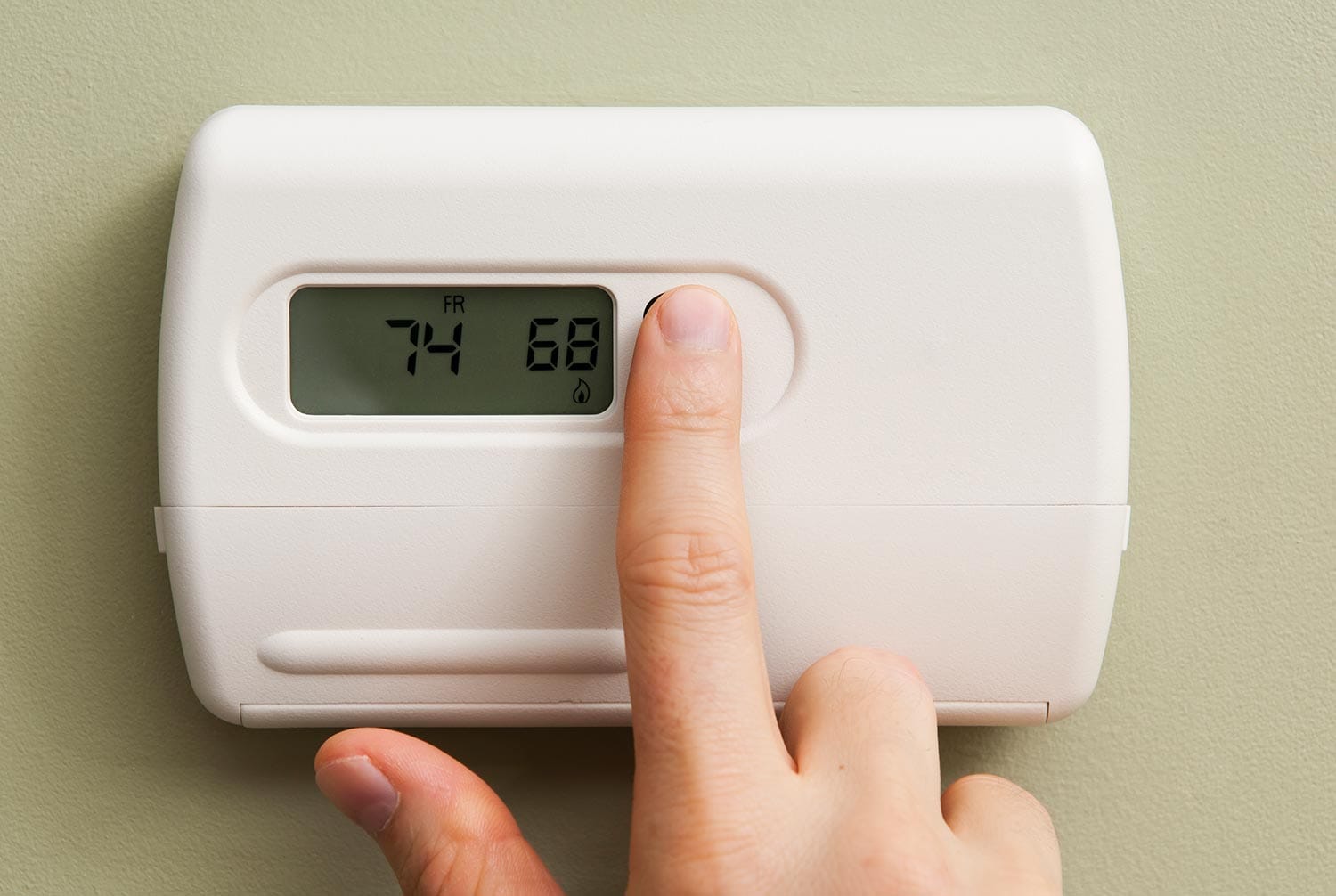
The thermostat determines the air temperature and signals the furnace how much warm air it should produce. If the desired temperature is not met, the thermostat may be faulty. It may simply need a battery change or a new fuse.
Ventilation System
The air filter is the main component of the ventilation system. If it is dirty or blocked, not enough warm air is circulated. Regularly changing the filters resolves this issue.
Evaporator Coil
The evaporator coil absorbs the air in the room. Like the air filter, it is susceptible to blockage. Leaking signals that the component needs to be replaced.
Ignitor
The ignitor creates a spark to activate the fuel and start the heating process. When it is not properly working, the furnace will be unable to produce warm air. It may either be deteriorated by age or be damaged in a power surge.
Gas Valve
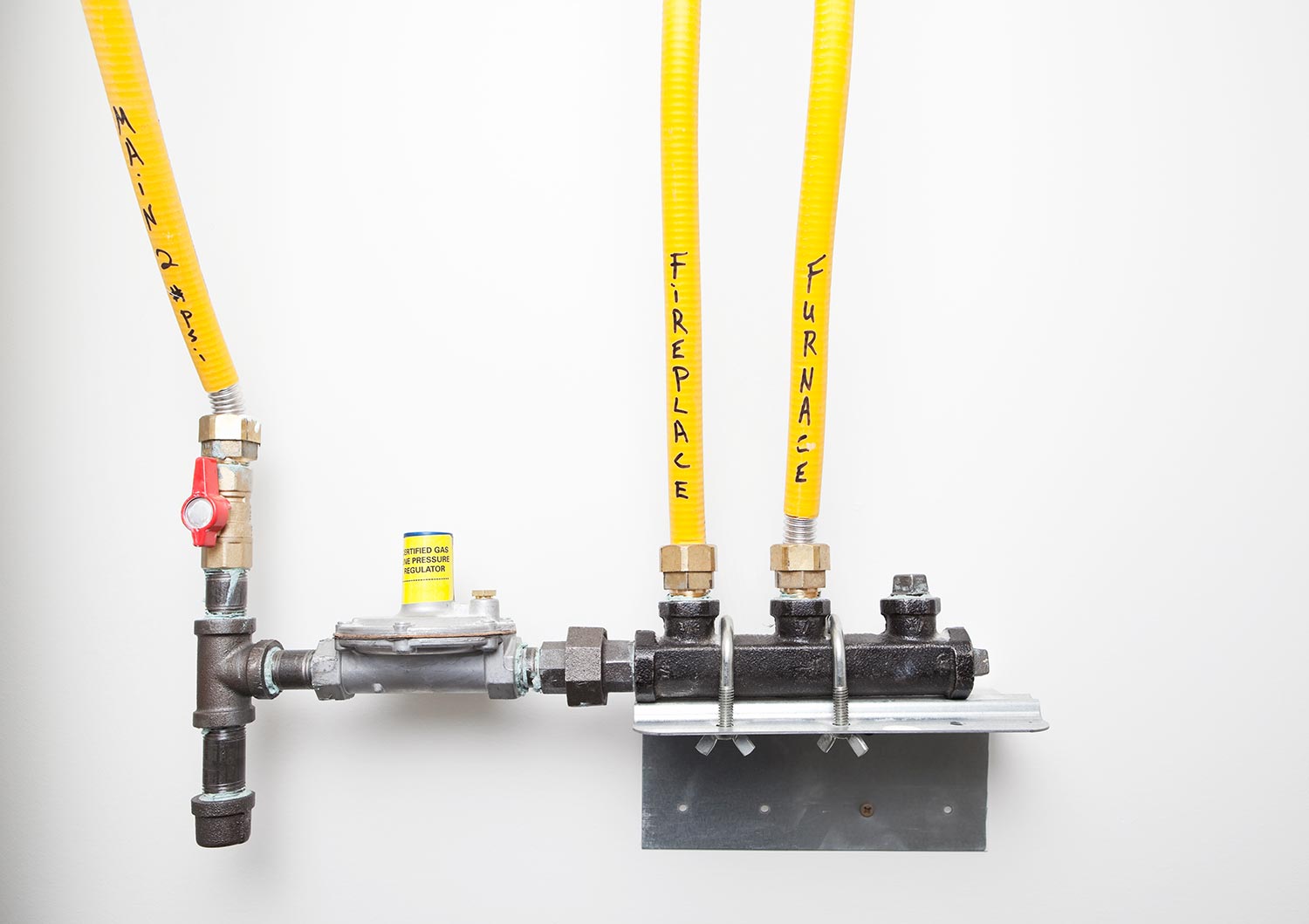
The gas valve controls the gas flow to the pilot light and burners. Years of usage may be the cause of a damaged valve. To avoid future issues, it is vital for your furnace to have regular tune-ups, especially before the winters months.
The Furnace Blower
The furnace blower is responsible for taking in the heated air and circulating it back throughout your home. If the blower does not seem to work satisfactorily, you can simply check the thermostat to ensure that it is set to the desired temperature.
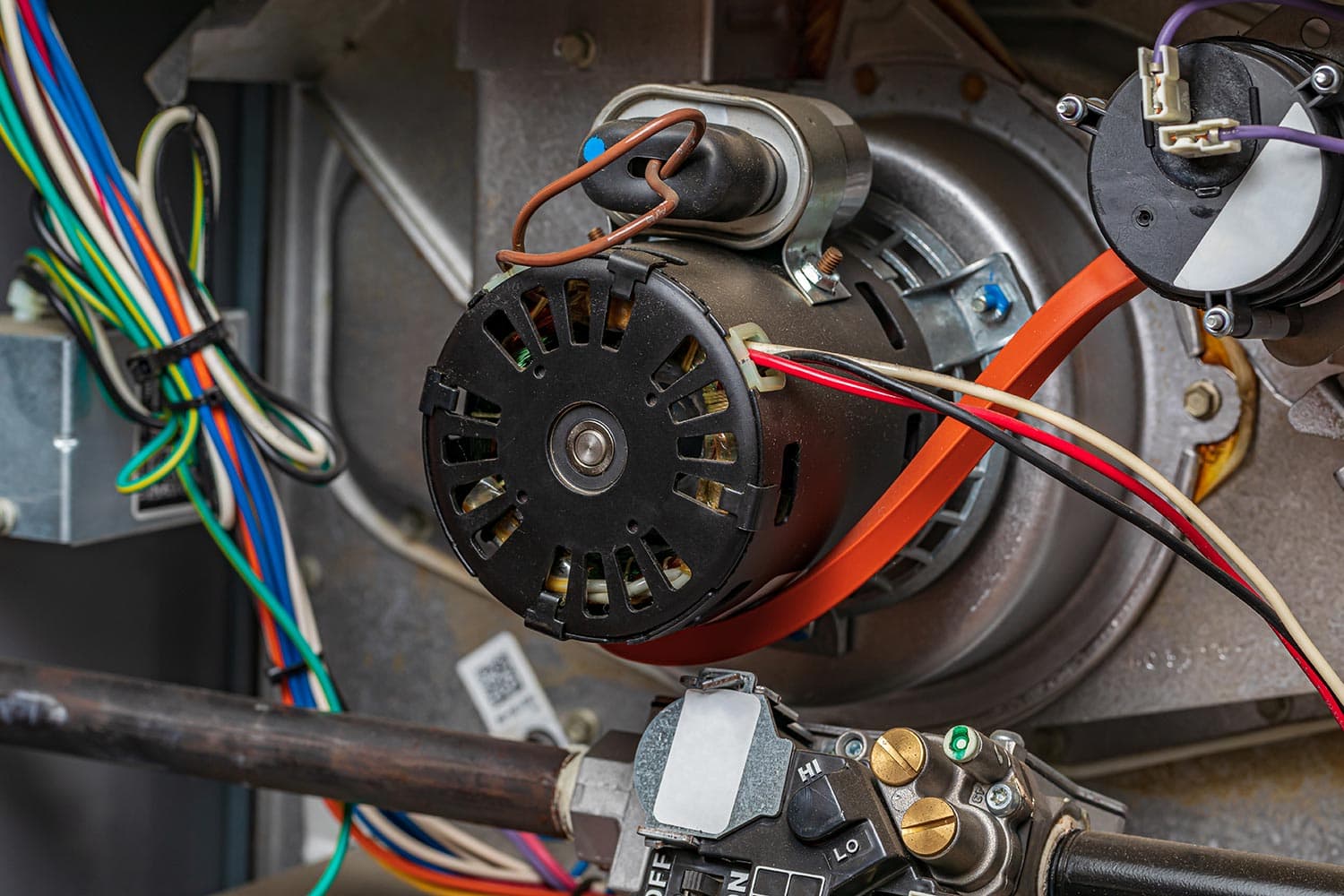
In Closing
The most optimal manner to own and maintain a furnace is by familiarizing yourself with its basic components and functions. Monitor the system regularly and keep track of any signs of malfunction. You have to remedy the problem immediately and maximize the use of the appliance.
If you have found this topic helpful, check out these other informative articles:

